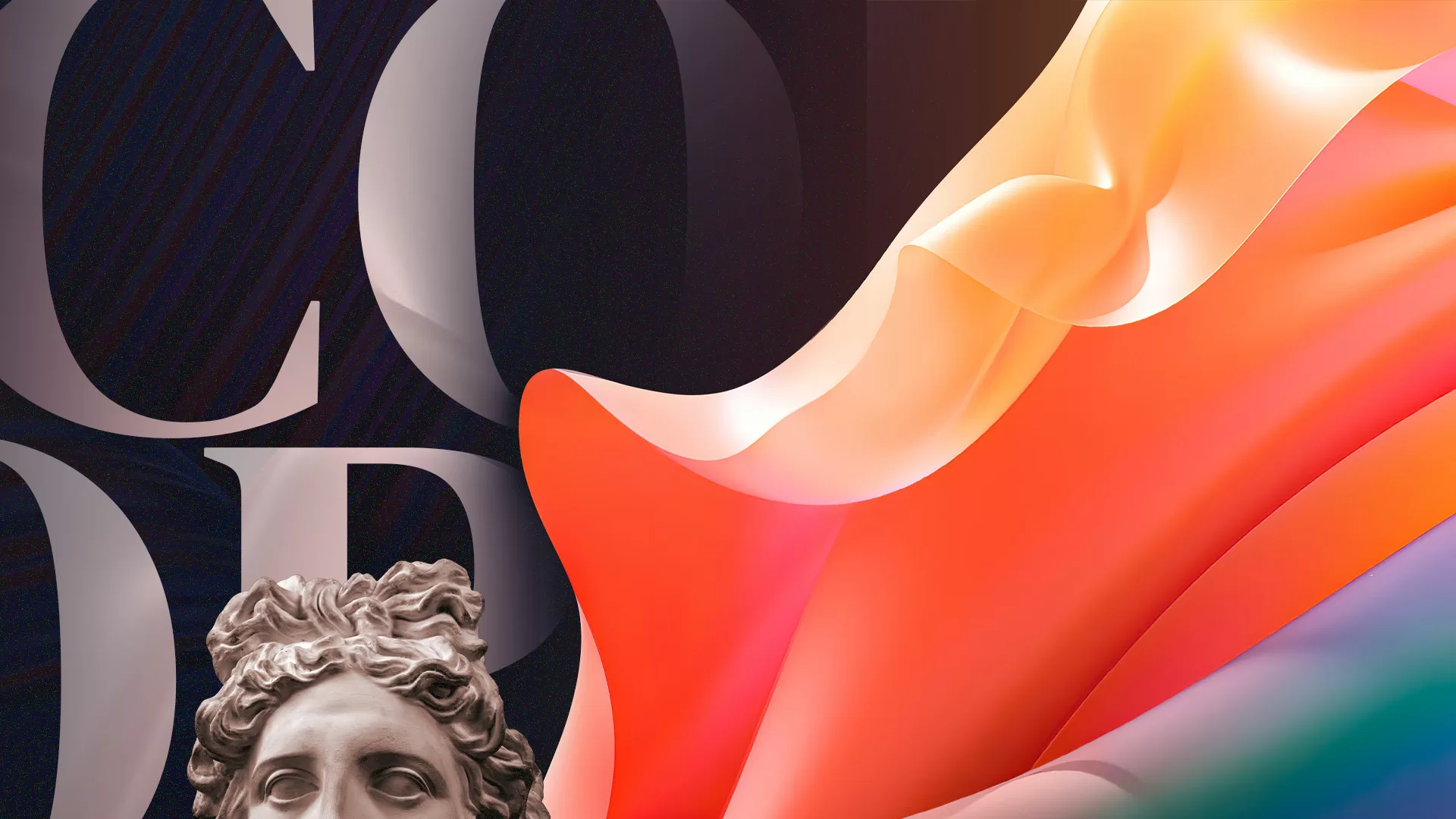Gucci uses a bold green and red. Tiffany uses blue. Color is a powerful tool for branding, and the use of color has a significant impact on how your audience feels and thinks about your brand.
Color Symbolism
Color symbolism has a long history and has been influenced by various factors including religion, politics, and personal experiences. In Western cultures, red is associated with passion, love, energy, and warning. Yellow represents happiness, wealth, and sometimes cowardice. Green is linked to growth, nature, wealth, and rebirth. Blue symbolizes calmness, trust, and purity. Purple represents luxury, royalty, and power. Black is associated with sadness, mourning, power, sophistication, and mystery.
When it comes to branding, Nike conveys a sense of dynamic, high-performance, and cutting-edge products by using red. That fits the image they want to convey as a sportswear brand. By incorporating green into their branding, Starbucks positions itself as a company that values sustainability and is committed to environmentally friendly practices.
Color and Our Emotions
Colors can influence our emotional responses. Research has shown that certain colors can evoke feelings of happiness, while others can make us feel more grounded and introspective. In branding, red, yellow, blue, green, and purple are commonly used colors by different industries to evoke certain emotions and values. Fast-food chains and sports brands use red to convey energy and excitement, food and toy brands use yellow for joy and happiness, financial institutions and technology brands use blue for stability and professionalism, health and environmental brands use green for growth and sustainability, and beauty and luxury brands use purple for sophistication and luxury.
Color Trends
The change in color trends is influenced by cultural, technological, and societal shifts over time. The Pantone Color Institute chooses a “Color of the Year” to reflect the current global culture, showcasing the connection between color and society. For example, “Classic Blue” was selected as the 2020 Color of the Year in response to the pandemic, while 2023’s “Viva Magenta” aims to evoke a connection to nature in the tech-dominated era.
In recent years, health and wellness brands have adopted the use of soft pastel colors to foster an atmosphere of serenity, femininity, and accessibility in websites and apps. On the other hand, tech companies are beginning to utilize brighter hues and more colorful gradients that enhance the feeling of advancement and enthusiasm.
Color and Accessibility
Globally, it’s estimated that around 8% of men and 0.5% of women are affected by some form of color vision deficiency. This means that for a business with a global audience, a significant portion of its customers may have trouble distinguishing certain colors.
Additionally, there are also other color vision deficiencies, such as red-green color blindness, which is the most common form, affecting around 6% of the male population. There is also blue-yellow color blindness, which is much less common, affecting less than 1% of the population.
Color and the Brand System Design
So, what does all of this mean for your brand system?
Strategically, your brand system needs to have a clear overall color strategy. What colors best represent the values and mission of your business? What is the message you want to send to the target audience? What kind of emotions do you want them to feel when interacting with your business? Use the answers to these questions to help decide the most suitable colors for your brand.
Build a brand color system that allows for possible new or trendy colors to be incorporated. Following color trends can help a brand stay fresh and up-to-date. If your target audience is trend-conscious(and the trend aligns with your brand’s mission and values), following color trends can be a way to connect with them and show that your brand is current and relevant.
Additionally, take accessibility into consideration when developing the color system for your brand. Think about how contrast can make or break your brand messaging. Learn more about how someone’s physical condition can impact how they perceive color. Test your colors in the real world. Using inclusive colors when developing your brand can help ensure that your brand reaches the widest possible audience.
****
Choosing the right colors for brand design can be tricky but it’s worth taking the time to get it right. Think about what message you want customers to get from each color as well as what symbolism you want them to associate with your brand overall. Research current trends and cultural considerations in order to ensure that your design will remain relevant over time.
–––––
Source
https://www.clintoneye.com/color-blindness.html
https://www.colormatters.com/color-and-marketing/color-trends
https://www.npr.org/2022/12/02/1140310663/pantone-color-year-viva-magenta

